"This study assesses the state of a significant, albeit underserved, segment of the SME market, known as the "Missing Middle" to better understand their needs and the challenges they face. It addresses how governments and other stakeholders can help them reach their potential for growth and job creation to positively impact the MENA region. Missing Middle SMEs are formally registered firms that have passed the initial start-up stage. These SMEs typically have modest revenues of US$100,000-$5 million, employ an average of 6-150 employees and require between US$50,000 and $2 million in flexible growth finance, along with business development assistance, to survive and grow. This study shows that although there are a number of existing SME support programs in the region, they need to go beyond the provision of limited subsidized loans and pre-investment training to adequately support the Missing Middle SMEs throughout their business lifecycle."
"The Stocktaking Report aims to provide the G-20 Leaders with a summarized but comprehensive framework by which to understand the SME finance gap and its challenges. The first part of the report is conceptual and primarily consists of a review of the literature on SME Finance in the developing world; the second part of the report discusses the analysis of 164 cases of SME Finance interventions compiled through a collective effort involving G-20 member countries, non-member countries, development finance institutions, and private sector players. Finally, the report highlights key recommendations that are proposed to the G-20 Leaders in order to achieve signifi cantand sustainable scale-up of SME access to financial services across the developing world."
"With the aim of better understanding trends, challenges, and growth opportunities, the Aspen Network of Development Entrepreneurs (ANDE) has developed a series of publications about impact investing in four sectors: biodiversity conservation, education, financial inclusion and health. This publication focuses on the specifics ofi mpact investing in biodiversity conservation. It begins with an overview of the social, environmental and economic context in Brazil, which is followed by data on impact investing in the sector taken from the second edition of the report "The Impact Investing Landscape in Latin America", recently publishec by ANDE and LAVCA (The Association for Private Capital Investment in Latin America). The publication then presents a case study of a business that rec3eived investment, before concluding with recommendations for the sector."
"This publication focuses on the specifics of impact investing in financial inclusion and fintechs. It begins with an overview of the social and economic context in Brazil, which is followed by data on impact investing in the sector taken from the second edition of the report "The Impact Investing Landscape in Latin America", recently published by ANDE and LAVCA (The Association for Private Capital Investment in Latin America). The publication then presents a case study of a business that received investment, before concluding with recommendations for the future."
"This whitepaper presents the first rigorous analysis and estimate of the size of the impact investing market. It estimates that over 1,340 organizations currently manage USD 502 billion in impact investing assets worldwide. This research also underscores the diversity of the market.
Overall, this research indicates that a significant amount of capital is at work to address the world's social and environmental challenges. And the market continues to grow rapidly, with new investors entering to establish impact investing practices and to allocate additional capital to positive impact."
"As microenterprises are likely to resort to microfinance institutions to get access to financial services, Appui au Developpement Autonome (ADA) has coordinated a series of three studies relying on five Monetary Financing Institutions (MFIs) in Ethiopia, Kenya and Madagascar in order to identify a sample of SGB owners and interview them individually to get details about their paths.
This study is the synthesis of these three surveys and specifically aims at providing detailed information about entrepreneurs' profiles, about the main challenges and obstacles they faced through their growing process and about their current financial and non-financial needs. Based on such information, general recommendations are made to financial services providers and all kinds of organizations supporting MSMEs."
"This report outlines the need to provide capital to Small and Medium Enterprises (SMEs) in developing countries. It shows the impact of this capital on economic development, and the role for International Finance Institutions (IFIs) in the provision of this capital. Finally, it outlines recommendations for additional interventions and further research."
"Global sustainable development challenges such as climate change or poverty cannot be addressed without Responsible Finance - finance that integrates social, environmental and governance concerns into the lending and investment decision making of financial institutions.
This study sets out a series of major Responsible Finance trends and identifies a number of key challenges and barriers for its further integration. The study is aimed at those interested in learning about the status quo, trends and drivers influencing business practices through lending and investment decisions in the financial sector internationally and in India."
"Over the course of seven weeks, NESsT will email users a step-by-step process that organizations can use to develop a gender lens investing (GLI) strategy with their portfolio companies. The gender inclusive strategy specifically highlights metrics to drive gender equality and inclusion."
"Resources to validate new sanitation technologies and prepare for market entry – prerequisites for achieving sustainable, scaled solutions – tend to be quite scarce compared to those available to scale proven solutions. As such, a problematic ‘Pioneer Gap’ exists. This funder landscape seeks to both clarify the ‘Pioneer Gap’ and point readers to potential funding and other resources poised to help fill this problematic gap. Two promising forms of funding are explored in detail: catalytic philanthropy and blended finance leveraging impact investment."
